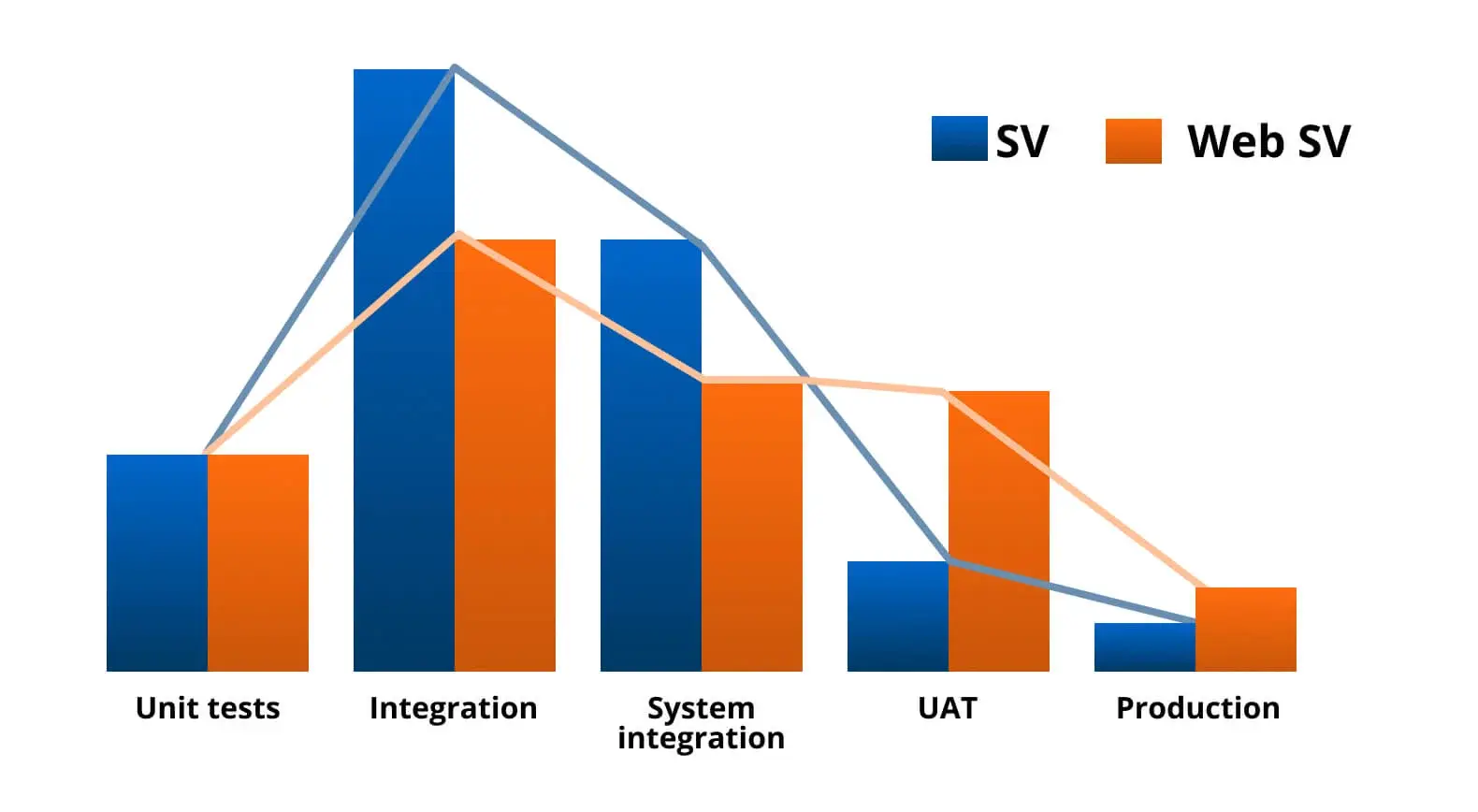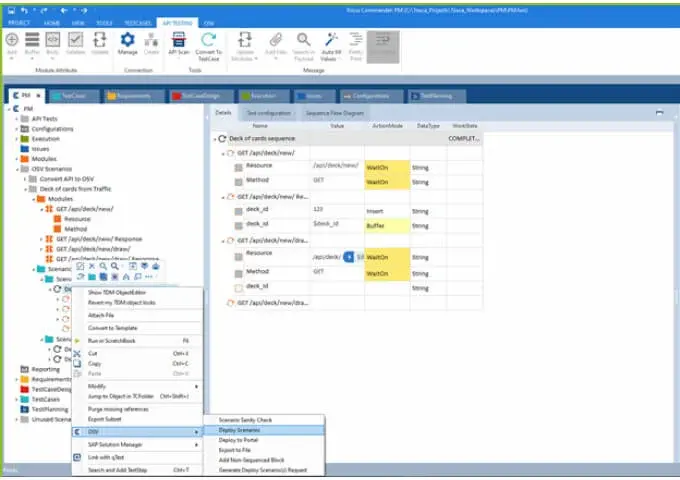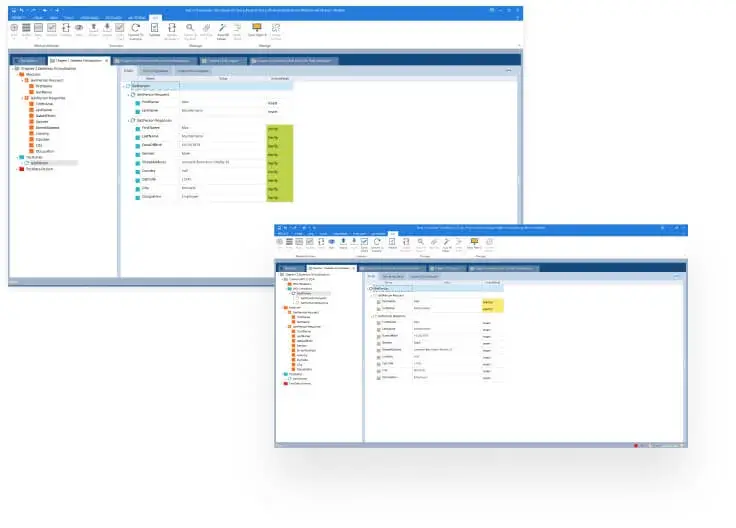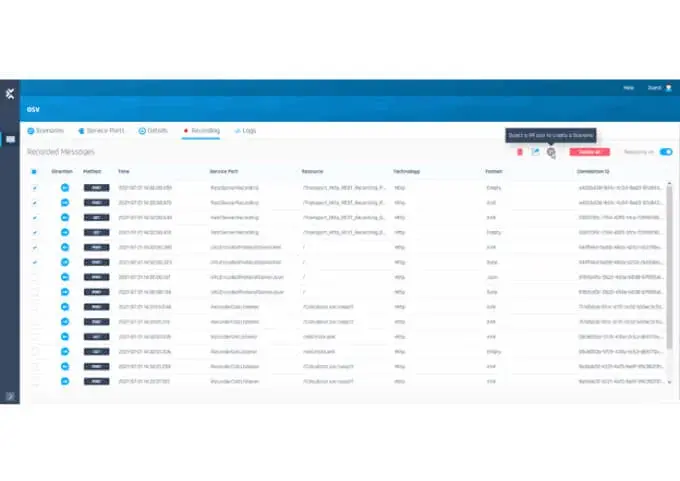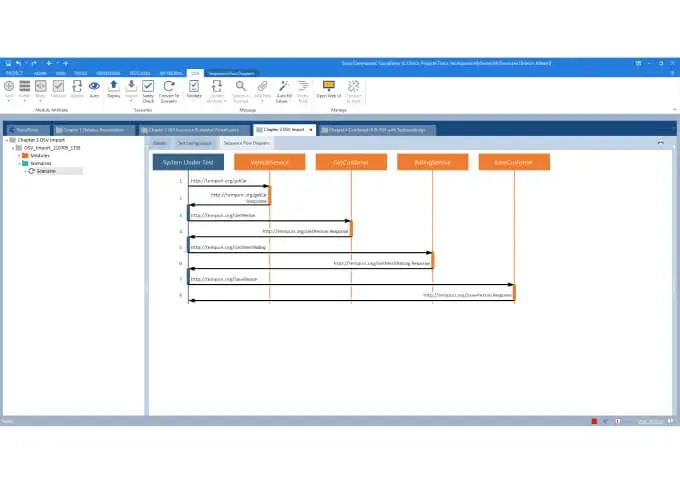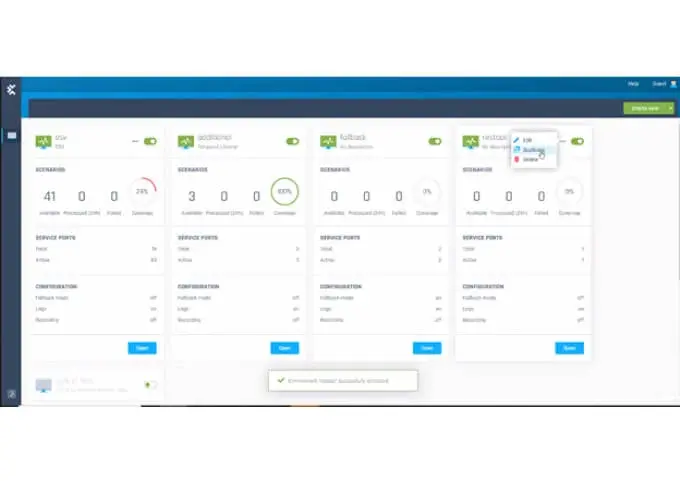Why Service Virtualization?
Enterprises run on average 900 applications — all integrated in complex ways. In order to ensure their digital initiatives are delivered flawlessly and on time, enterprises need reliable testing across their entire digital landscape. Unfortunately, 84% of testers are routinely delayed by test environment access. Pieces of their systems are unavailable, unstable, not in their control, or lack the correct test data.
Service Virtualization closes this gap by simulating all dependent components, allowing teams to perform continuous testing in their DevOps cycle and get immediate feedback on release readiness.

